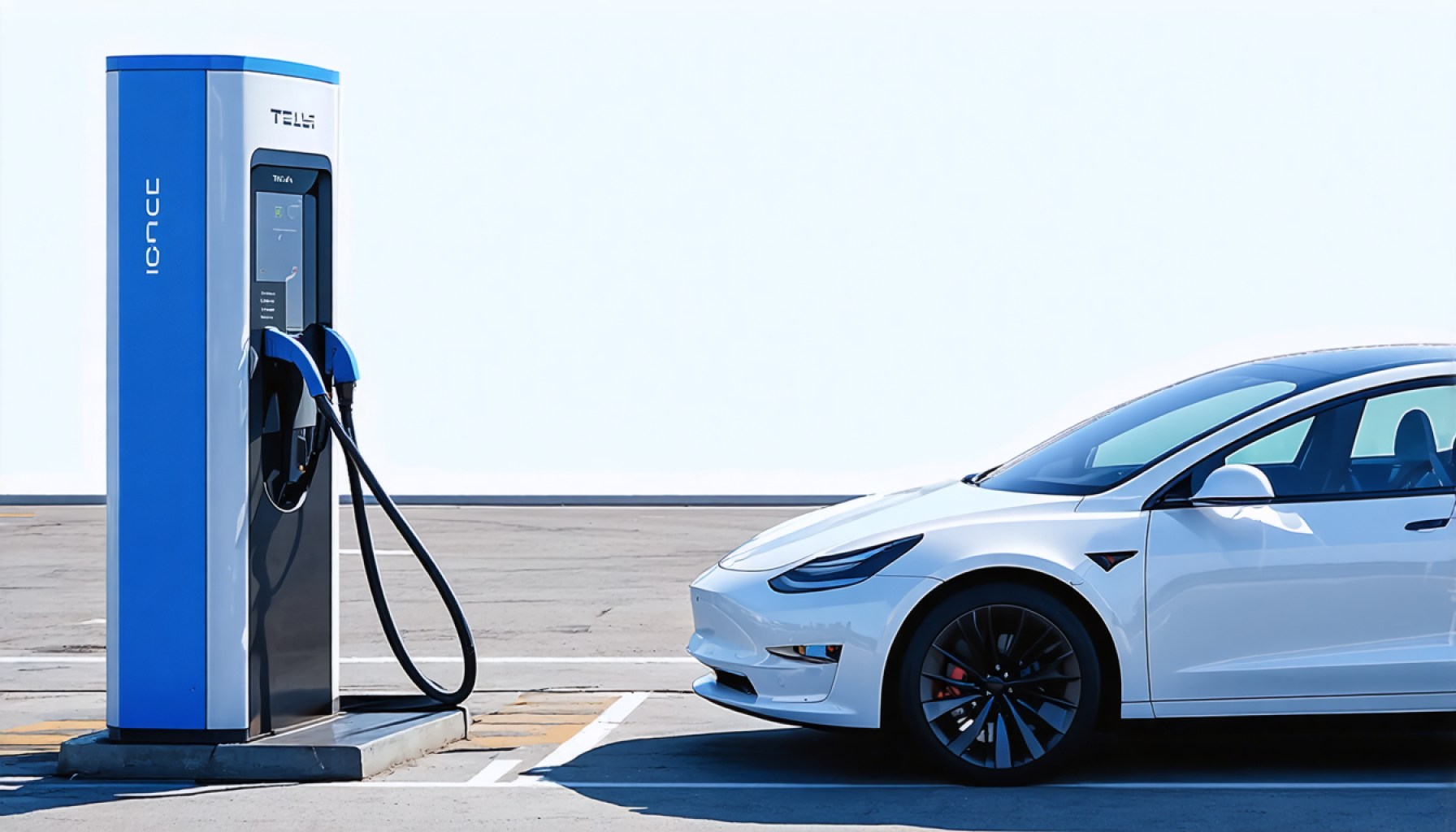- Only four electric vehicle (EV) manufacturers—Tesla, BYD, Li Auto, and Series Group—reported positive operating margins.
- Tesla leads with a 7.2% operating margin in 2024, but BYD is a close competitor at 6.4%, poised to challenge Tesla’s dominance.
- Vertical integration is a key strategy for profitability, allowing companies like Tesla and BYD to streamline operations and reduce costs.
- Chinese EV companies are making strides, with Zeekr, Xpeng, and Leapmotor closing the profitability gap.
- Lucid struggles financially despite reducing losses, relying heavily on Saudi financial support.
- Tesla remains the only profitable non-Chinese EV maker amid increasing competition and price wars.
- The path to EV profitability is driven by integration, scale, and strategic agility, rather than just technology or brand prestige.
As the electric vehicle revolution charges forward, an unfolding narrative challenges conventional wisdom about the pioneers and the fast followers. While EVs are now more popular than ever, financial success remains elusive for most in the race, with only four dedicated electric manufacturers reporting a positive operating margin in recent assessments. In a sector flooded with ambitious innovators, Tesla, BYD, Li Auto, and the lesser-known Series Group have emerged as the frontrunners.
Tesla, a name synonymous with the EV movement, reported a 7.2% operating margin in 2024. However, close on its heels, Chinese competitor BYD posted a 6.4% margin, driven by its relentless upward trajectory. The margins tell a compelling tale of two giants: where Tesla once soared, it now faces headwinds. Meanwhile, BYD’s steady climb suggests a potential overtake in profitability, positioning it as a formidable challenger to Tesla’s throne.
Both companies share a strategic secret weapon: vertical integration. By producing their own batteries, drivetrains, and software, they streamline operations, cut costs, and gain greater control—a critical advantage they share with Li Auto and Series Group. These tactics sharply distinguish them from competitors who struggle with fragmented supply chains and razor-thin margins.
Chinese newcomers such as Zeekr, Xpeng, and Leapmotor are beginning to close the profitability gap, with promising advances in reducing losses. Yet, brands like Nio and Lucid face stark challenges. Lucid, despite slashing its staggering -500% operating margin from 2023 to -374% in 2024, survives largely thanks to financial backing from Saudi sovereign wealth—a lifeline preserving it in a turbulent market.
Amidst these shifting tides, Tesla stands as the only non-Chinese EV manufacturer firmly in profitable territory. Still, it finds itself navigating an increasingly crowded field where price wars are intensifying. With an innovative landscape shifting underfoot, Tesla’s dominant narrative is under pressure.
In this high-stakes EV race, the path to profitability isn’t merely paved with technological advances or brand prestige. Instead, it is being charted by those who harness the power of integration and scale. As the sector evolves, staying in the lead demands agility, bold strategies, and perhaps, a little bit of luck. The competition is fierce, the stakes monumental, and the implications—world-changing.
The Untold Secrets of Electric Vehicle Market Leaders Revealed
In-Depth Analysis of the Electric Vehicle Pioneers
As the electric vehicle (EV) market accelerates, the quest for profitability becomes a critical component of strategy. While the industry experiences seismic shifts, only a few companies have successfully carved out a profitable niche. Let’s delve into the broader landscape of the EV market, shedding light on additional factors that could tip the scales in this high-stakes race.
Vertical Integration: The Proven Formula for Success
A pivotal strategy among the leading EV players—Tesla, BYD, Li Auto, and Series Group—is their commitment to vertical integration. This approach enables these companies to:
1. Control Key Components: Manufacturing their own batteries, drivetrains, and software gives these companies significant cost advantages and quality control. This contrasts with companies like Ford and GM, which rely heavily on suppliers, impacting margins.
2. Accelerate Innovation: By managing their entire supply chain, these brands can swiftly implement innovations, responding to market demands quicker than competitors.
3. Secure Supply Chains: Vertical integration shields these companies from disruptions in the supply chain, a significant risk for manufacturers dependent on external suppliers.
Real-World Use Cases and Industry Trends
1. Battery Technology Advances: Tesla has invested heavily in its 4680 battery technology, promising better energy density and lower costs, which could further enhance its competitive position.
2. Rising Chinese Influence: Brands like BYD, with its mastery over battery production, are influencing global markets. The company’s focus on electric buses and new energy solutions is expanding its profitability landscape.
3. Government Policies: In markets like Europe and China, supportive government policies continue to bolster EV adoption, offering tax breaks and incentives that companies can leverage.
Emerging Market Players and Challenges
1. New Entrants’ Progress: Companies such as Xpeng and Zeekr are aggressively targeting market share with competitive pricing and innovative technology but still face profitability hurdles.
2. Lucid’s Struggles: Despite improved margins, Lucid’s dependence on external funding highlights the difficulty in achieving sustainable profitability for high-end EV manufacturers.
Predictions and Market Forecasts
1. Growth Trajectory: The global EV market is anticipated to grow at a CAGR of nearly 29% from 2021 to 2028, indicating robust demand drivers.
2. Competitive Dynamics: With Tesla’s price reductions to maintain market dominance, other manufacturers may also adjust pricing strategies, potentially sparking a price war that could impact profitability.
Pressing Reader Questions and Recommendations
– How Do I Choose the Best EV? Look for brands with strong after-sales service, warranty packages, and those investing in charging infrastructure.
– Is Now the Right Time to Buy an EV? With expanding charging networks and emerging technology, investing in an EV can be economically beneficial, especially with existing governmental incentives.
Quick Tips for Potential EV Buyers
– Focus on Range and Charging: Prioritize vehicles with longer driving ranges and fast-charging capabilities to enhance usability.
– Assess Total Cost of Ownership (TCO): Beyond the sticker price, consider maintenance, insurance, and potential resale value.
– Watch Market Dynamics: Keep an eye on emerging models and technologies that might offer better value as technology rapidly evolves.
For additional insights on the electric vehicle industry and updates on market trends, visit Tesla and BYD.
As the EV sector continues its transformative journey, companies that adeptly balance innovation, scale, and financial strategies will ultimately shape the future of transportation.








